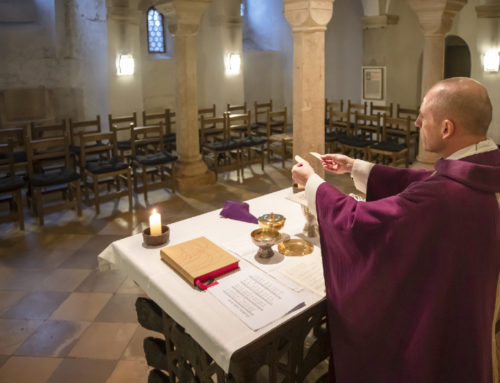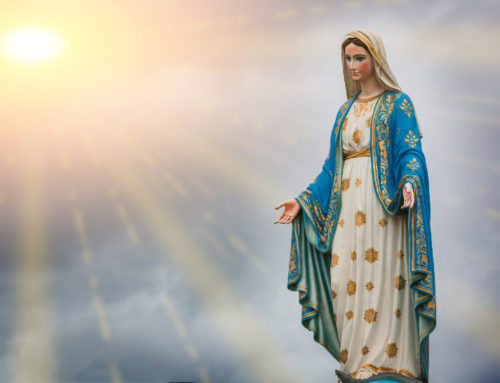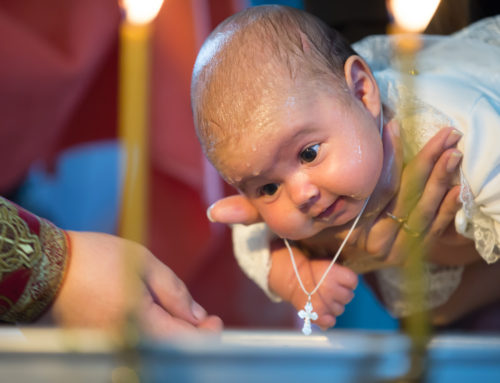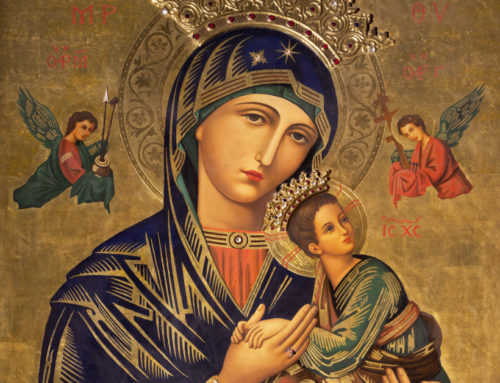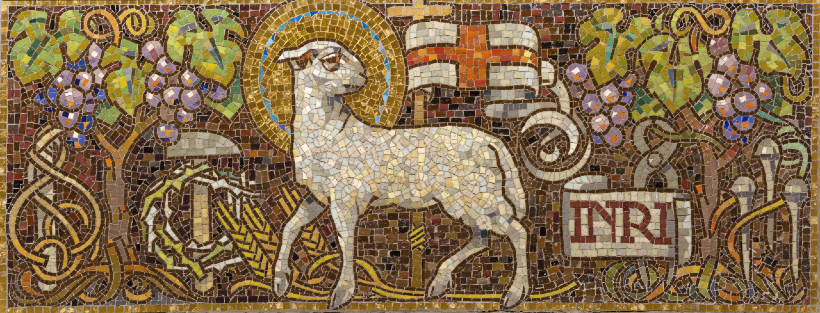
photo of the symbolic mosac of Lamb of God by Renáta Sedmáková
What are “Byzantine Churches”? Also, the term Churches is plural — is there more than one?
The Byzantine Churches are those churches that follow the Byzantine liturgical practices. These practices grew and developed primarily in and around Constantinople, originally called “Byzantium” (today Istanbul in Turkey), and thus the source of their name. Even though the city was renamed in the fourth century, the ritual name remains. Most noticeable of these practices are the two major Divine Liturgies that are used, those of Saint John Chrysostom and Saint Basil. A third liturgy, that of the Presanctified, is found in all Byzantine Churches, but it is actually derived primarily from the work of Pope Saint Gregory the Great. This Presanctified Liturgy is also found in a modified form in the Latin Church and is used on Good Friday for the communion service and for Sunday Celebrations in the Absence of a Priest – a “communion service”.
The reason the term Churches is plural is that there are fourteen churches that use the Byzantine Rite. We address this question a little more later on, but for now, here’s a list of the Byzantine Rite Churches: Albanian, Bulgarian, Byelorussian, Croatian, Georgian, Greek, Hungarian, Italo-Albanian, Melkite, Romanian, Russian, Ruthenian, Slovakian and Ukrainian. Although they all use the same Byzantine Rite, there may be small differences among them. These differences, called “recensions,” are based upon the development of the Liturgy within each community. The overall structures, and indeed even most of the fine points, are identical other than language and musical style.
Language in the Eastern Churches has traditionally been that of the people, although certain “sacred language” concepts have developed among various churches. Musical styling and settings are also subject to the culture in which the church finds herself. Thus, the Russian settings are different from, say, the Arabic settings of the Melkite Church.
What would happen to the Eastern Catholic Churches if there is “reunion” with the Orthodox?
If there should be a reunion, it is expected that the Eastern Catholic Churches would rejoin the corresponding Orthodox Church. thus, for example, the Melkites would rejoin the Antiochians, the Greek Catholics would rejoin the Greek Orthodox, and the Russian Catholics would rejoin the Russian Orthodox.
There are areas of concern remaining with some of the Eastern Catholic Churches. For example, the Ukranian and Ruthenian Churches would, technically, rejoin the Russian Church, but there are political considerations that might enter into such a decision. One would hope that if we have resolved the issues that separate the Catholic and Orthodox Churches, we could certainly address these political issues.
Those churches that have no corresponding Orthodox Church would remain separate entities or, as the church sees them today, sui iuris churches.
The term reunion also needs to be properly understood. It does not mean that the Orthodox Churches would become part of the Latin Rite – they would remain as independent churches, but they would be in communion with Rome and, consequently, Rome would be in communion with them. As used here, the expression “in communion” means more than simply accepting and sharing the sacrament; it means that we profess the same faith (albeit with possibly different terms). Thus, the term reunion is more precise than rejoin, since history shows that the churches we now call “Orthodox” were never a part of the Latin Catholic Church but were, in fact, churches in their own right, sharing a common faith and sacraments with the Church of Rome.
Excerpt from Faulk, Edward. 101 Questions and Answers on Eastern Catholic Churches. (Paulist Press: Mahwah, NJ) 2007.

